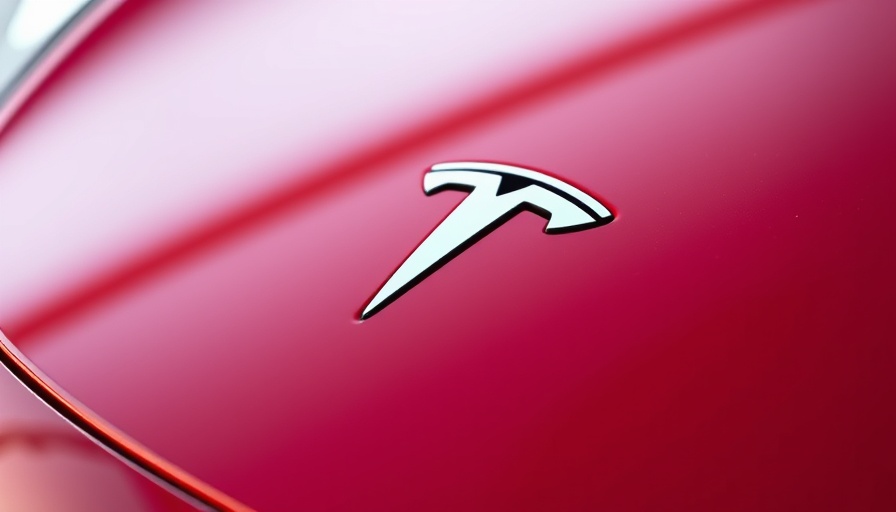
Tesla's Robotaxi Service: A New Chapter in Urban Mobility
San Francisco is about to witness a significant yet cautious leap towards the future of urban transportation as Tesla rolls out a limited version of its robotaxi service. This initiative, launching this weekend, marks an expansion of its early pilot program that had previously debuted in Austin, Texas. Currently, the service will require a human driver as Tesla is still navigating regulatory challenges to obtain permits for full autonomous operation.
Understanding the Regulatory Landscape
California's regulatory environment is notorious for its stringent demands on new tech services, particularly in the rapidly evolving realm of autonomous vehicles. As per the latest reports, Tesla is currently not permitted to operate without a driver in the seat, and it remains unclear if the company has acquired necessary permits from the California Public Utilities Commission to offer rides to the public. As of now, rides are limited to Tesla employees only, restricting the operational reach of the service.
Challenges Ahead for Tesla's Ambitions
Elon Musk's aspirations for a fully autonomous fleet have faced significant hurdles, especially in California. The state’s Department of Motor Vehicles has taken steps to limit Tesla's vehicle sales amid ongoing legal disputes over autonomy claims related to its Autopilot feature. The irony lies in the fact that the very technology Tesla is promoting is under scrutiny for its safety and reliability.
What Does the Current Service Look Like?
In its current form, the robotaxi service in Austin has been significantly scaled back, operating primarily within the downtown area. While operational vehicles initially numbered around 10, the exact count effective in the downtown corridors remains undisclosed. Moreover, every ride comes with a safety operator on board, a crucial component when navigating the complexities of urban environments and ensuring passenger safety.
The Future of Robotaxis: Potential Expansion
Looking forward, Tesla has expressed ambitions to extend its robotaxi service beyond California, with plans already set in motion for markets in Florida and Arizona. Initial certification processes are reported to be underway, indicating that Musk is intent on broadening the geographical footprint of Tesla’s innovative transport solutions.
Consumer Perceptions of Robotaxi Services
While the concept of robotaxis is exciting for many consumers, opinions remain divided. Some view this service as a groundbreaking advancement in convenience and efficiency, while others harbor reservations about safety and the regulatory framework surrounding it. As Tesla attempts to navigate these waters, it's essential to consider how public trust can be built in the face of existing concerns.
Impacts on the Transportation Industry
This limited rollout of robotaxi services has broader implications for the transportation industry as a whole. Companies worldwide are monitoring Tesla's move closely, especially regarding autonomous vehicle technology's feasibility and public acceptance. Tesla's journey could ultimately set the stage for future innovations in urban mobility, creating both opportunities and competition in the ever-expanding tech landscape.
Conclusion: What's Next for Tesla and Urban Transport?
As Tesla enters this next phase of its robotaxi journey in San Francisco, the road ahead is laden with challenges but also ripe with potential. The company’s focus on acquiring regulatory approval and expanding to new markets will significantly impact its success. For tech enthusiasts and industry experts alike, this development signals a critical moment to observe the evolution of mobility in our cities. Stay tuned for updates and implications of Tesla's latest endeavor in the realm of urban transportation.
 Add Row
Add Row  Add
Add 



Write A Comment